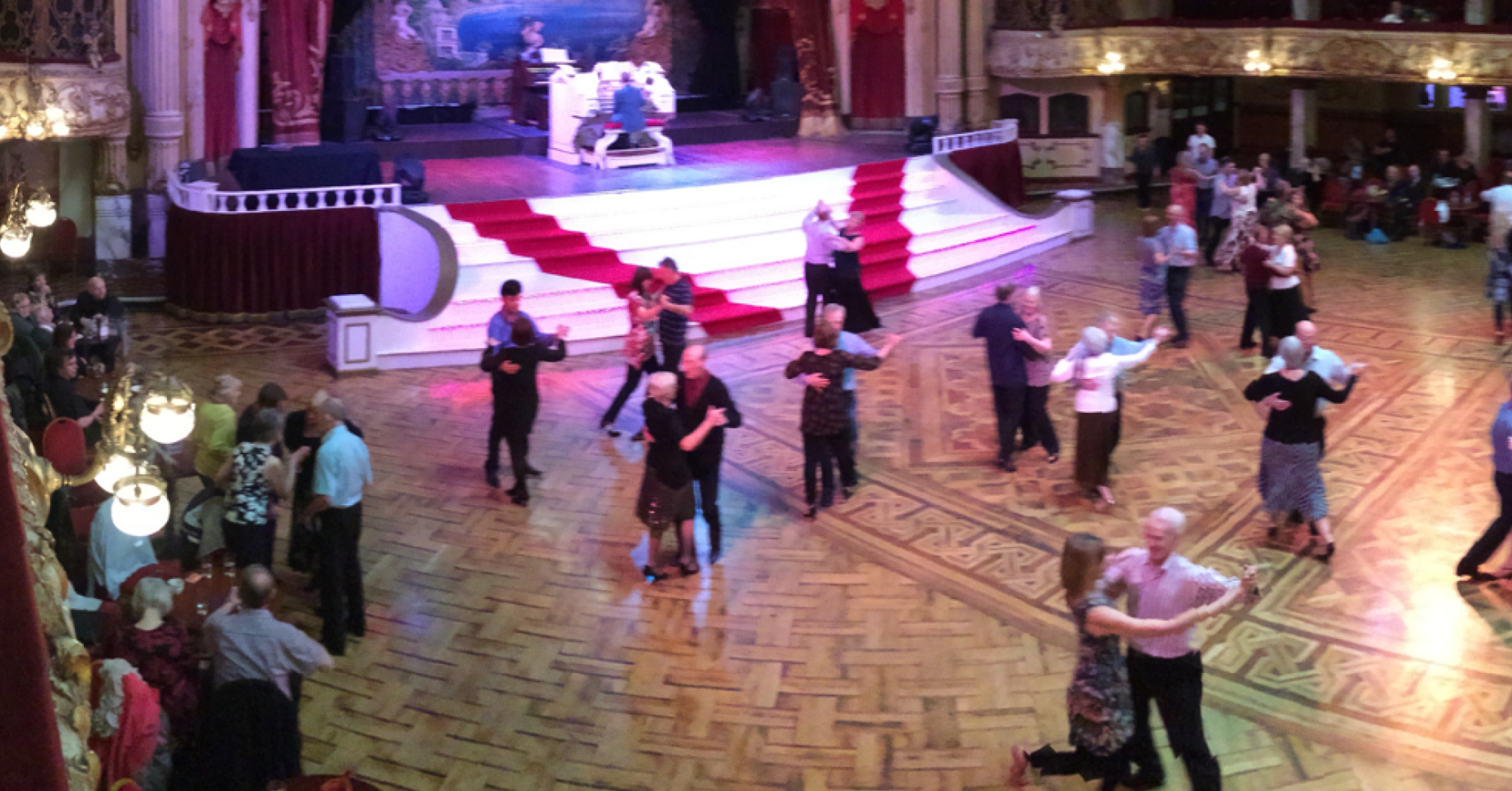Don’t get me wrong, proper technique is essential for Cuban motion. Once you have the basics down however, you might be asking yourself: How can I do more to capture the look of a Latin dancer? And a big part of that comes from increasing your hip flexibility, which gives you more range of motion on the dance floor. – “6 Ways to Increase Your Hip Flexibility”
Hopefully, you’ve become familiar with the hip styling moves from last week. Now, it’s time to take your Latin motion to a whole new level! I learned these techniques over years of training and consulting with other professionals. You may not learn them all overnight, but the benefits are well worth it! – “7 Secrets to Sexy Latin Motion”
Whether you’re a man or a woman, your hips tell your dance partner a lot about you: how relaxed you are, how playful, how comfortable with your sexuality. So it should come as no surprise to know that, especially in the Latin clubs, one of the big indicators of your popularity as a dancer is how smoothly and sexily you can shake it down.
In previous articles on sexy hip movement, we explored the basic form of Latin hip movement, called Cuban motion, and I highly recommend ballroom beginners start there. For those of you a little more familiar with your body’s mid-section, here’s five more moves to develop some sexy hips! – “5 Dance Moves for Sexy Hips”
In our perfectionist society, we’ve been trained to see mistakes as some terrible defection of character, something to avoid at all costs. In the world of ballroom dance however, missteps are simply another form of growth. And good thing too, because you will make many, many mistakes while dancing. Therefore, you and your partner have no choice but to get used each other’s mistakes. And in the social ballroom scene, some well-timed dance humour is the best way to keep calm and dance on. – “20 Dance Humour Gems for Laughing At Mistakes”
So far in section one and section two, we’ve focused on changes in energy in ballroom dance songs, and how we can use this to determine the pace and predict where the song is going. But some styles of music can prove much more complicated then the intro-verse-chorus pattern we discussed earlier. To better understand these, we must learn about musical form. – “The Anatomy of Ballroom Dance Songs”
Many of us love to dance, and we often want to share that joy with others as well, whether it’s at a social, a group lesson, or one on one practice with a dance partner. Other times we want to share it with a wider audience by performing on a big stage. With that, however, come many mixed emotions. Some dance performances may result in a very rewarding feeling of accomplishment, and other times we are left disappointed in the outcome, whether it be a result of not enough practice, making mistakes on stage, or possibly an injury. If the outcome of performing has left you disappointed, or even afraid to step on stage again, how do you get back up in front of an audience after such an experience? Here are a few tips to keep a positive perspective on future dance performances, and build more positive experiences on stage.
Now that you’re a pivot turn pro (or at least on the way), we can look at the more challenging chaine turn. Used in jazz and ballet, as well as ballroom, chaine turn give speed and snap to your turns, and are often found in faster rhythm/Latin dances like cha cha or salsa. – “The Secrets of the Chaine Turn”
We’ve set the stage with an intro to general turning technique, as well as the 5 elements that we can change to give our dance spins a different look and feel. Now, we’re finally ready to upgrade the actual dance spins we use in our dances. Previously, we looked at the spot turn, and how to make it work. Let’s try something a little more advanced: the pivots and pivoting actions. – “Ballroom Dance Spins: Pivots VS ‘Pivoting Actions’”
Now that we’ve looked at the basics of how turns work and how they differ between rhythm and smooth dance styles, what are the qualities behind a well-executed dance spin? As you practice, you will gradually increase your mastery over each of these 5 elements, allowing you to make every turn unique, and uniquely yours. – “The 5 Elements of a Good Dance Spin”
